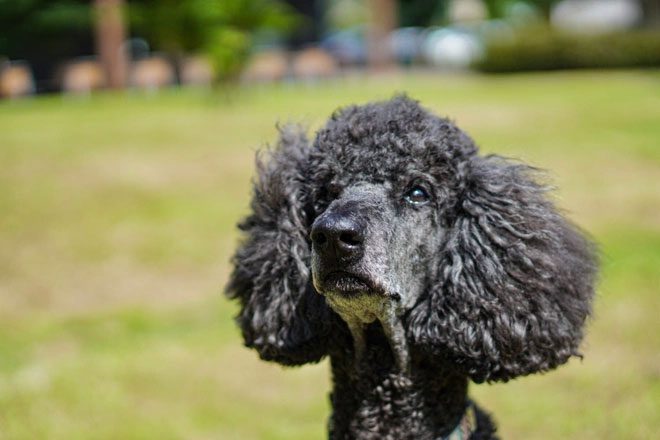Japanese researchers have discovered that dogs can shed tears when reunited with their owners. This process appears to be related to oxytocin – the bonding hormone.
“This is the first report demonstrating that positive emotions can stimulate tear production in a non-human species. It is also the first study to show that oxytocin is involved in the process of tear secretion,” the research team stated, according to the Guardian on August 22.
Professor Takefumi Kikusui, a co-author of the study at Azabu University in Japan, shared: “I have two poodles, one of which was pregnant six years ago.” He noticed that the face of the female dog was gentler than usual while nursing her puppies, and he observed her eyes welling up with tears.
“That made me think that oxytocin could increase tear production,” he said.
“Previously, we had observed that oxytocin was released in both dogs and their owners during interactions. Therefore, we conducted an experiment to reunite both parties,” Professor Kikusui explained.

The research team stated that this is the first report showing that positive emotions can stimulate tear production in non-human animals. (Photo: New York Times).
The first step involved measuring the amount of tears produced by 18 dogs in a normal home environment with their owners.
Next, the researchers compared this tear volume with the amount produced in the first five minutes after the dogs were reunited with their owners following more than five hours apart.
The researchers found that upon reunion with their owners, the dogs produced significantly more tears compared to when they were wandering alone in the house. However, this increase was not observed in 20 dogs that met familiar people who were not their owners.
Following this, the research team had 74 participants view 10 photos of 5 dogs and asked them if they would like to care for the animals.
Professor Kikusui noted that the results showed that dogs with tear-filled eyes attracted 10% to 15% more people wanting to care for them.
The researchers added that unlike other animals, dogs have developed a high level of communication with humans through eye contact.





















































